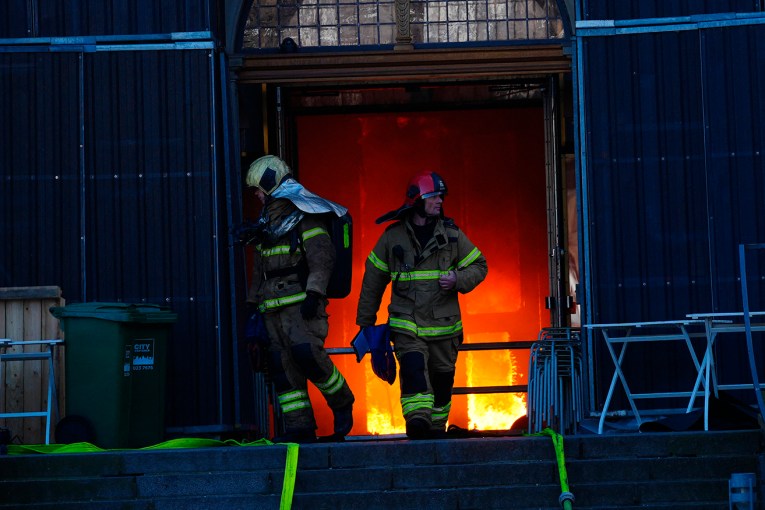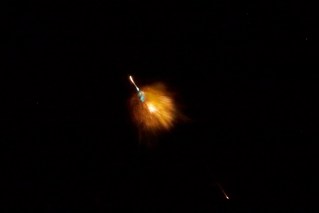Why you might have a little Neanderthal blood
New evidence taken from a 45,000-year-old bone in western Siberia provides clues as to when modern humans and Neanderthals might have interbred.
The discovery has added to a growing body of evidence suggesting homo sapiens and neanderthals may have interbred, although the scientific community is still divided on the topic.
Nicolai Peristov, an ivory carver from Omsk, found the fossilised femur on the banks of the Irtysh River in 2008, and showed it to a palaeontologist friend, who showed it to an anthropologist friend, who passed it on.
Since then the age of the femur has been dated to 45,000 years ago, making him one of the oldest known modern humans in northern Asia and Europe.
• Scientists decode oldest known ‘human’ DNA
A paper published in the journal Nature by Janet Kelso, from the Max Planck Institute for Evolutionary Anthropology, and colleagues says they retrieved, sequenced and analysed the genome and found the man carried a similar level of Neanderthal ancestry as present-day Eurasians.
They believe the Neanderthal gene flow into the man’s ancestors occurred 7000-13,000 years before he lived.
Previous estimates of the timing of interbreeding between modern humans and Neanderthals had ranged from 37,000 and 86,000 years ago.
But this new data suggests it was about 50,000 to 60,000 years ago, coinciding with the expansion of modern humans into Europe, and possibly Asia.
Scientists discovered some years back that modern humans shared DNA with the long-extinct Neanderthals – but whether they interbred is still debated.








